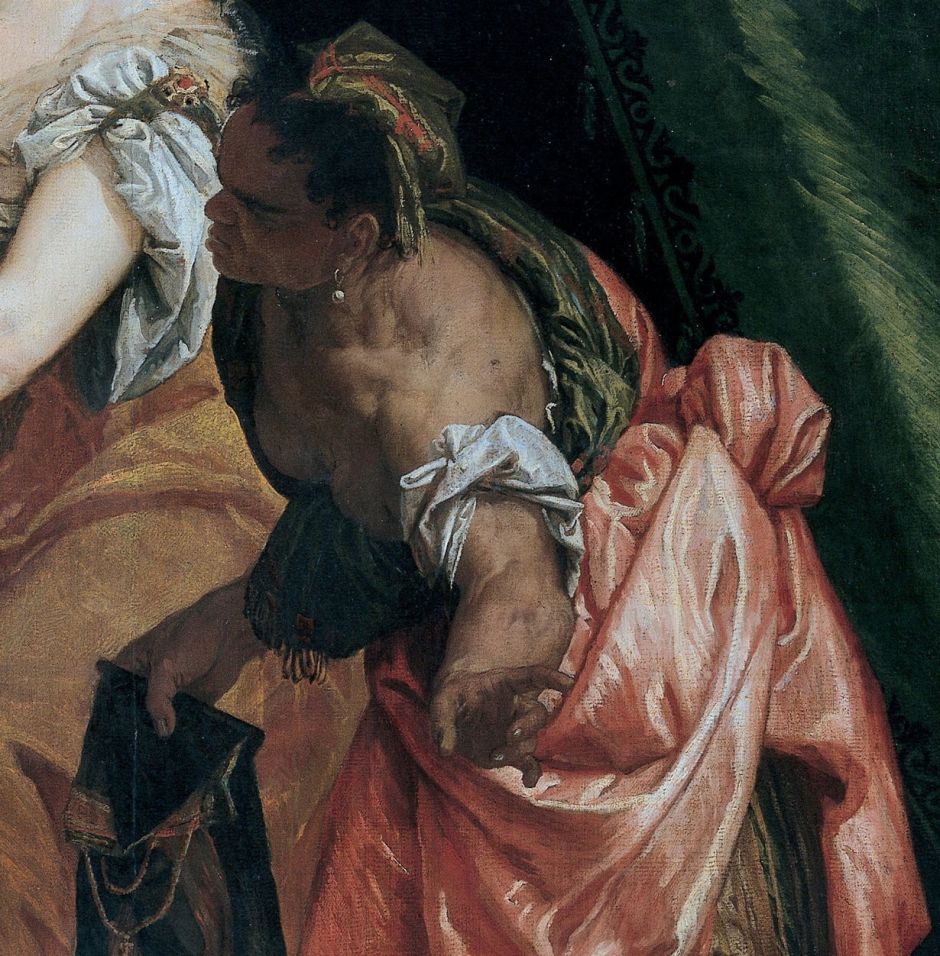The last year in articles about artists and paintings has brought a varied assortment of art and background stories. In this and tomorrow’s sequel I look at some of those that I have enjoyed preparing most, before we rush on to next year.
At the start of 2022, I was midway through retelling Cervantes’ Don Quixote, accompanied by some of the many paintings showing its better-known scenes.

Manuel García Hispaleto shows one of Don Quixote’s more lucid moments when he delivers a speech contrasting men of arms with those of letters. By early June, I had completed both books; if you’re looking for a long read, this link will get you started.
Don Quixote: overall summary and contents
While Don Quixote was still getting into misadventures, I ran a short series looking at some unusual narrative paintings, which are peculiar to visual storytelling. These include many different events within the same image, sometimes telling a long sequence of events, such as the Passion.

One of my favourite examples is Pieter Bruegel the Elder’s encyclopaedic account of Netherlandish Proverbs from 1559. There are several paintings from before that, and more from the nineteenth century, when they became popular in Britain.
Narrative structure and contents
Pieter Bruegel the Elder, Netherlandish Proverbs, 1559
In February we were shocked when Russia invaded Ukraine.

Although quite unseasonal at the time, Volodymyr Orlovsky’s Harvest in Ukraine (1880) shows hard manual labour on the grain fields of the steppe, and makes it obvious why Ukraine’s flag bears its colours.
Sometimes researching series for this blog brings surprises. When I looked at the paintings of the Camden Town Group, I came across one by an associate, Douglas Fox Pitt, that is striking.

Indian Army Wounded in Hospital in the Dome, Brighton from 1919 is one of Fox Pitt’s few oil paintings, and shows the Pavilion in its role as a military hospital with two operating theatres and more than seven hundred beds. It was unusual for its time in providing for a wide range of religious, ethnic and dietary needs. However, this painting was made three years after that hospital had closed, following which it had been reopened for the many amputees from the war, providing them with rehabilitation and training. That too closed in the summer of 1920.
Camden Town Group: Contents and Index
Douglas Fox Pitt
March brought the bicentenary of the great French animal painter Rosa Bonheur (1822–1899).

One of the most successful women artists before the twentieth century, she was a favourite of Queen Victoria, and visited the Scottish Highlands to paint, where she caught this flock being ferried across a loch to fresh pasture.
Animalière Extraordinaire 1
Animalière Extraordinaire 2
Some years ago, I featured a few paintings of the Hutsul people from the Carpathian Mountains, in the west of Ukraine. It turned out that, in the late nineteenth century, they had been painted by several artists, several of them Polish.

This was a good opportunity to look at a part of Ukraine that we are even less familiar with, as shown in Teodor Axentowicz’s painting of this Hutsul Funeral from 1882.
Paintings of the Hutsuls in the Carpathians
For some time I had promised to write articles looking at the depiction of clothing and textiles, and finally got round to it in a series titled Sheer Delight, which ran from the Spring into summer.

This was a timely opportunity to remind myself just how advanced Veronese’s treatment of highlights is in his Judith and Holofernes from about 1580, seen better in the detail below.

Anyone who tries telling you that painterly brushwork is recent phenomenon should look closely at this painting, now over four centuries old.
Sheer Delight: Contents
Fooling the brain
Each year I take a major painter whose work I’m not as familiar with as I should be, and look in detail at their career and work. Last year it was the turn of Paul Signac (1863-1935), most famous for his Divisionist or Pointillist style. As the successor to Georges Seurat after his tragically early death, much of the summer was spent with his intense colour.

Paul Signac: Becoming Divisionist
Paul Signac: The Golden Horn
In April, I returned to the west of Ukraine, with a pair of articles about Kazimierz Sichulski’s paintings of Galicia.

Among the most spectacular of these are the large triptychs he painted using mixed media in the early twentieth century, here his Hutsul Madonna from 1909.
Kazimierz Sichulski’s Galician Landscapes 1
Kazimierz Sichulski’s Galician Landscapes 2
I love painting in pastels, but because they’re so fragile, seeing them on display in galleries is unusual. Over the summer I ran a series of articles looking at the work of some of the major pastel specialists. I’ll show work by just two of them here.

Although Rosalba Carriera (1675–1757) was by no means the first pastel specialist, her portraits are among the finest of all, in this case her seasonal Self-Portrait as ‘Winter’ from 1730-31.

The most eccentric, though, is Jean-Étienne Liotard (1702-1789), who visited Turkey early in his career and from then on adopted Turkish dress and manner. Best-known for his almost hyper-real pastel painting of The Chocolate Girl (c 1744-45), this Lady in Turkish Costume with her Servant at the Hammam are showing off their kabkabs, the maid closer to the ground, of course.
Pastel painters: History and contents of the series
Pastel Portraits of Rosalba Carriera
Perfect pastels by Jean-Étienne Liotard
Tomorrow I’ll look at the highlights of the second half of the year.

